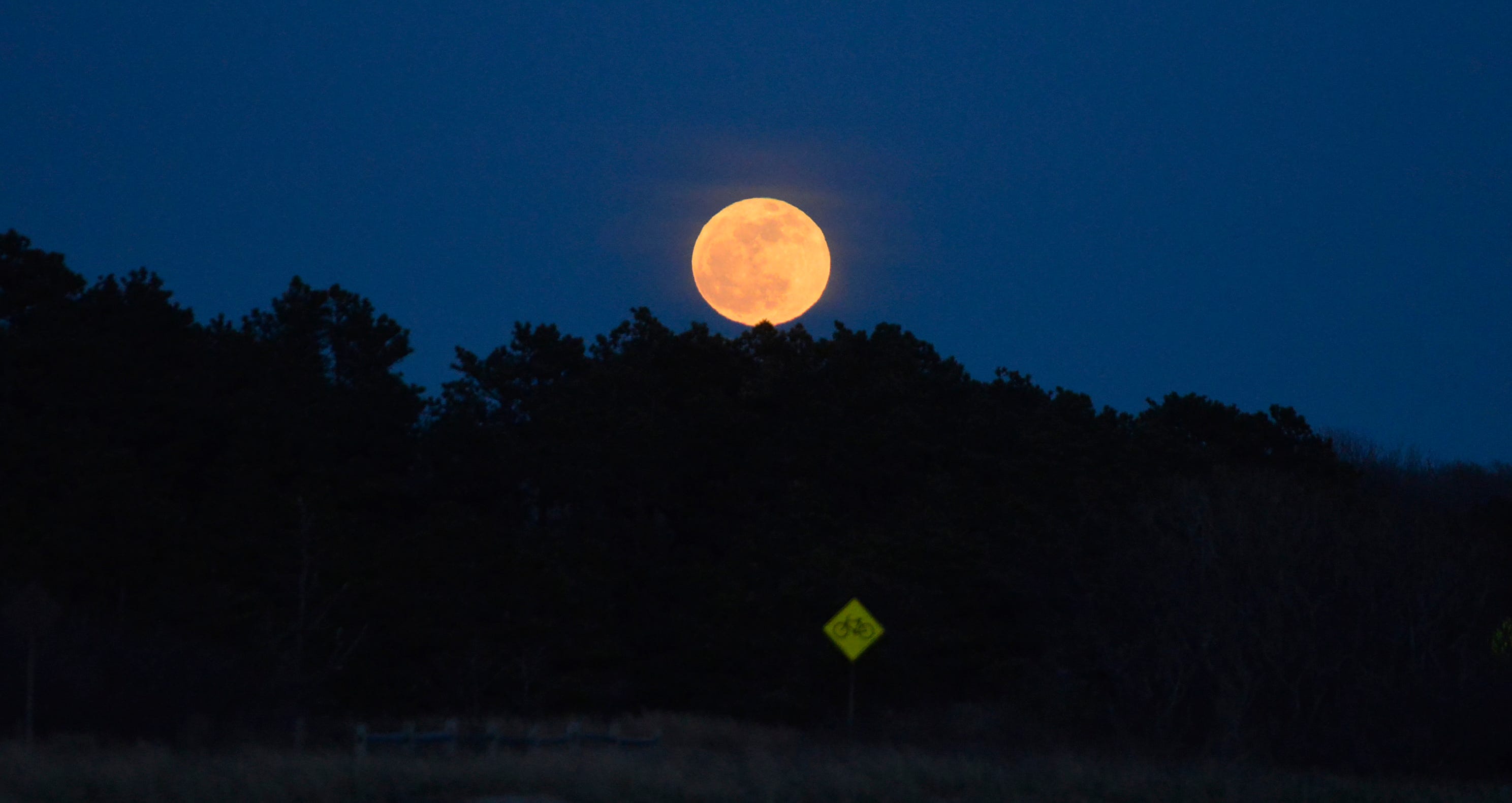Search results
The Moon is Earth 's only natural satellite. It orbits at an average distance of 384,400 km (238,900 mi), about 30 times the diameter of Earth. Over time Earth's gravity has caused tidal locking, causing the same side of the Moon to always face Earth.
- 405400 km, (404000–406700 km)
- 362600 km, (356400–370400 km)
- Earth I
- or
3 days ago · Moon, Earth’s sole natural satellite and nearest celestial body. Known since prehistoric times, it is the brightest object in the sky after the Sun. Its name in English, like that of Earth, is of Germanic and Old English derivation.
- James D. Burke
Learn about the Moon's origin, features, phases, weather, and more from NASA's official website. Find out how to observe the Moon, explore its stories, and join the International Observe the Moon Night in 2024.
Learn about the Moon's origin, structure, surface, orbit, phases, and more from NASA's science site. Find out how the Moon affects Earth's climate, tides, and potential for life.
News about May, Anne Hathaway, NASA
News about Half Moon Bay, farmworker housing, housing project
Also in the news
Sep 7, 2023 · The Moon’s outer layer is a thin, rocky crust made up of oxygen, silicon, magnesium, iron, calcium, aluminum, and trace elements like potassium, titanium, and uranium. Beneath the lunar surface ...
- DictionaryMoon/mo͞on/
noun
- 1. the natural satellite of the earth, visible (chiefly at night) by reflected light from the sun: "there was no moon, but a sky sparkling with brilliant stars"
verb
- 1. behave or move in a listless and aimless manner: "lying in bed eating candy, mooning around"
- 2. expose one's buttocks to (someone) in order to insult or amuse them: informal "Dan had whipped around, bent over, and mooned the crowd"
Nov 16, 2022 · This flight, evoking the bygone Apollo era, is a crucial test for NASA’s Artemis program that aims to put astronauts, after five decades of loitering in low-Earth orbit, back on the moon. “We ...
Learn how the Moon orbits Earth, why we only see one side of it, and how its tilt affects eclipses. Explore animations and videos of the Moon's motion from space and from Earth.




